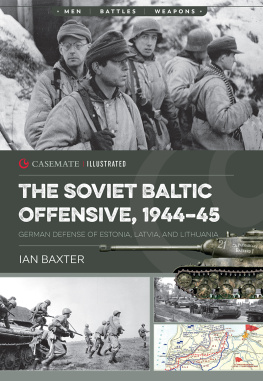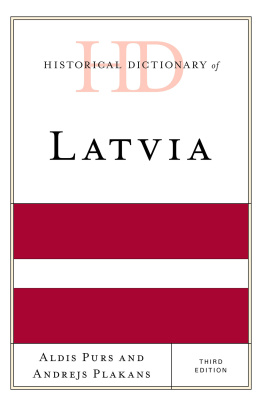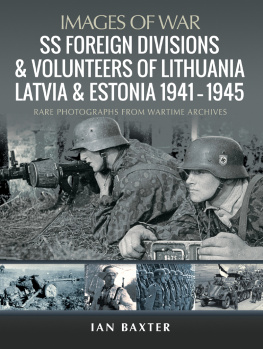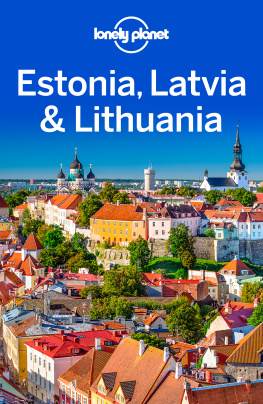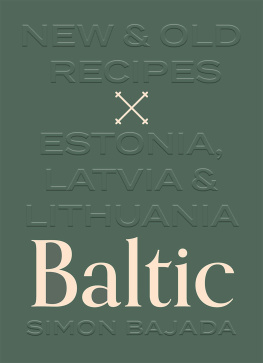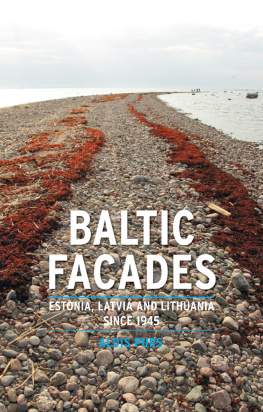

Published in 2014 by Britannica Educational Publishing
(a trademark of Encyclopdia Britannica, Inc.) in association with Rosen Educational Services, LLC
29 East 21st Street, New York, NY 10010.
Copyright 2014 Encyclopdia Britannica, Inc. Britannica, Encyclopdia Britannica, and the Thistle logo are registered trademarks of Encyclopdia Britannica, Inc. All rights reserved.
Rosen Educational Services materials copyright 2014 Rosen Educational Services, LLC.
All rights reserved.
Distributed exclusively by Rosen Educational Services.
For a listing of additional Britannica Educational Publishing titles, call toll free (800) 237-9932.
First Edition
Britannica Educational Publishing
J.E. Luebering: Director, Core Reference Group
Adam Augustyn, Assistant Manager, Core Reference Group
Marilyn L. Barton: Senior Coordinator, Production Control
Steven Bosco: Director, Editorial Technologies
Lisa S. Braucher: Senior Producer and Data Editor
Yvette Charboneau: Senior Copy Editor
Kathy Nakamura: Manager, Media Acquisition
Edited by: Amy McKenna, Senior Editor, Geography
Rosen Educational Services
Nocholas Croce: Senior Editor
Nelson S: Art Director
Brian Garvey: Designer, Cover Design
Introduction by Richard Barrington
Library of Congress Cataloging-in-Publication Data
Estonia, Latvia, Lithuania, and Poland/edited by Amy McKenna.
pages cm.(The Britannica guide to countries of the European Union)
In association with Britannica Educational Publishing, Rosen Educational Services.
Includes bibliographical references and index.
ISBN 978-1-61530-991-7 (eBook)
1. Baltic StatesJuvenile literature. 2. EstoniaJuvenile literature. 3. LatviaJuvenile literature. 4. LithuaniaJuvenile literature. 5. PolandJuvenile literature. I. McKenna, Amy, 1969 editor.
DK502.35.E87 2014
947.9dc23
2012047989
Manufactured in the United States of America
On the cover: A composite image of the European Union Information Centre in Warsaw, Poland, and the Wrocaw Fountain in western Poland. iStockphoto.com/Jakub Kalaska (building), iStockphoto.com/Karolina Paszkiewicz (fountain)
Cover, p. iii (map and stars), back cover, multiple interior pages (stars) iStockphoto.com/pop_jop; cover, multiple interior pages (background graphic) Mina De La O/Digital Vision/Getty Images
On page xv: Map of Eastern Europe, showing the countries covered in this book: Estonia, Latvia, Lithuania, and Poland. GeoAtlas
CONTENTS

S ome of the most important battles of the past century have been fought in the eastern and central European countries of Estonia, Latvia, Lithuania, and Poland. That includes both the territorial battles of two world wars and the ideological battle between capitalism and communism. Indeed, two things these countries have in common is that they were all once under the dominating influence of the Soviet Union, and today they are all members of the European Union (EU).
Of course, the contrast between those two associations that these countries share could not be greater. Subservience to the Soviet Union was imposed on these countries from the outside, while belonging to the EU was a voluntary choice. The Soviet era was marked by violent repression, while the EU has done a great deal to promote freedom within countries and ease tensions between countries. In fact, the EU was awarded the Nobel Peace Prize in 2012 for its efforts.
The prospect of a peaceful Europe is in many ways a departure from history, but nonetheless a prospect that has been hard-earned by the Baltic states (Estonia, Latvia, and Lithuania) as well as by their neighbour Poland. The path these countries have taken from an often turbulent past to the peaceful present is a fascinating story, and this book will tell that story while also providing insights into the individual characteristics of each of these countries.
Estonia has been a leading example of a successful transition from Soviet domination to a free, independent, and thriving society. After the U.S.S.R. dissolved in 1991, Estonia was one of the quickest of its former members to liberalize its markets and privatize most of its industries. While industry and agriculture once dominated its economy, the free market economy has allowed Estonia to become more diversified. The country also has a more diverse population than most European countries, due in particular to immigrants from Russia and other countries that were once part of the U.S.S.R.
In addition to freeing its markets, Estonia was also quick to embrace a democratic system, and it now has a parliamentary republic in which multiple parties vie for legislative seats and the leadership post of president. Because of its success in reforming both its economy and its government after leaving the U.S.S.R., Estonia was one of the first members of the former communist bloc to be considered for membership in the EU. It was admitted to that body in 2004 and adopted the euro as its currency in 2011.
Estonias transition to freedom and independence is not just a triumph because it meant the end of Soviet domination, but because it represents an emergence from a history in which foreign oppression has been the rule rather than the exception. Germans, Swedes, and Danes have all invaded Estonia at one time or another, but Russiastarting well before the communist erarepeatedly sought control over the region. Russian incursions into Estonia date back to the 11th century, but it wasnt until the early 1700s that Russia finally wrested the area from Sweden. Russian rule continued until the early 20th century; Estonia then enjoyed a brief period of independence between the world wars, before being forced to join the U.S.S.R. in 1940. After achieving independence from the Soviet Union in 1991, Estonia was able to enter the 21st century well positioned and with strong hope that it would be the first fully independent century of its history.
In many ways, Latvias story is similar to Estonias, but if anything Latvias challenges are even steeper than those that its neighbour to the north has faced. Indeed, Latvias population has been shaped by oppression: a thriving Jewish population was reduced to nearly nothing by Nazi persecution during World War II, and Soviet occupation reduced the proportion of ethnic Latvians. Even following the dissolution of the U.S.S.R., economic difficulties have contributed to low birth rates that have suppressed population growth.
Economically, Latvia became the most heavily industrialized of the Baltic states in the 20th century, and since the end of the Soviet era it has largely succeeded in privatizing its industries and agriculture. However, energy remains a nagging economic problem, as the country is highly dependent on imported petroleum and electric energy.
Demographics and economics are modern problems faced by Latvia, but the country has also had its share of other problems throughout history. Like Estonia, Latvia has frequently been trampled on by foreign invaders. Slavs and Swedes raided Latvian territory during the 10th and 11th centuries, and then Germany ruled the country through the latter Middle Ages and the Renaissance. After Russia took control in the 1700s, Latvia found itself under Russian rule, while its people often worked on farms still owned by German landlords. However, in the 19th century, a combination of political reforms and the spread of information led to a growing sense of Latvian identity, and with it, a new spirit of nationalism.










